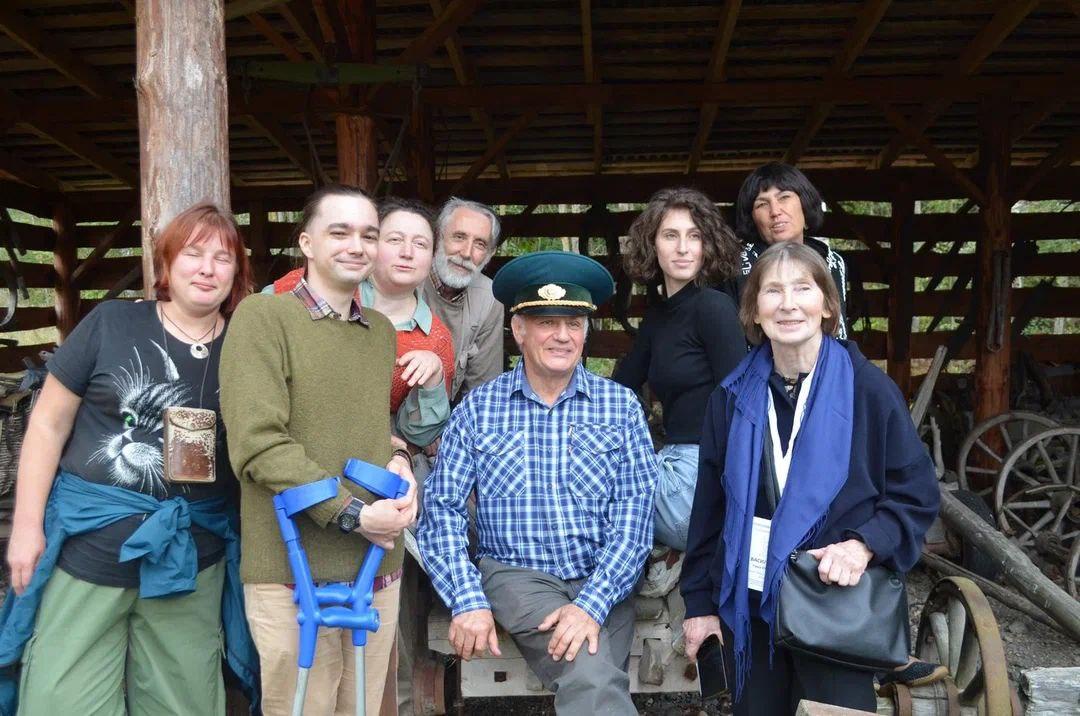
On September 24-26, the International Scientific and Practical Conference “Theriofauna of Belarus and Adjacent Regions” was held in Minsk. The conference was attended by employees of the A.N. Severtsov Institute of Ecology and Evolution of the Russian Academy of Sciences: Doctor of Biological Sciences, Deputy Director for Research, Corresponding Member of the Russian Academy of Sciences Alexey Vasilyevich Surov, Doctor of Biological Sciences, Scientific Secretary Natalya Yuryevna Feoktistova, Leading Engineer Nadezhda Vladimirovna Chistyakova and Postgraduate Student, Junior Researcher Marina Yuryevna Smagina, Senior Researcher, PhD, Associate Professor Nina Yuryevna Vasilyeva, PhD, Senior Researcher Anastasia Mikhailovna Khrushchova, Leading Researcher, Doctor of Biological Sciences Konstantin Aleksandrovich Rogovin, Engineer Polina Dmitrievna Semenova, Engineer Anton Pavlovich Zakharov, Junior Researcher Tatyana Konstantinovna Laktionova.
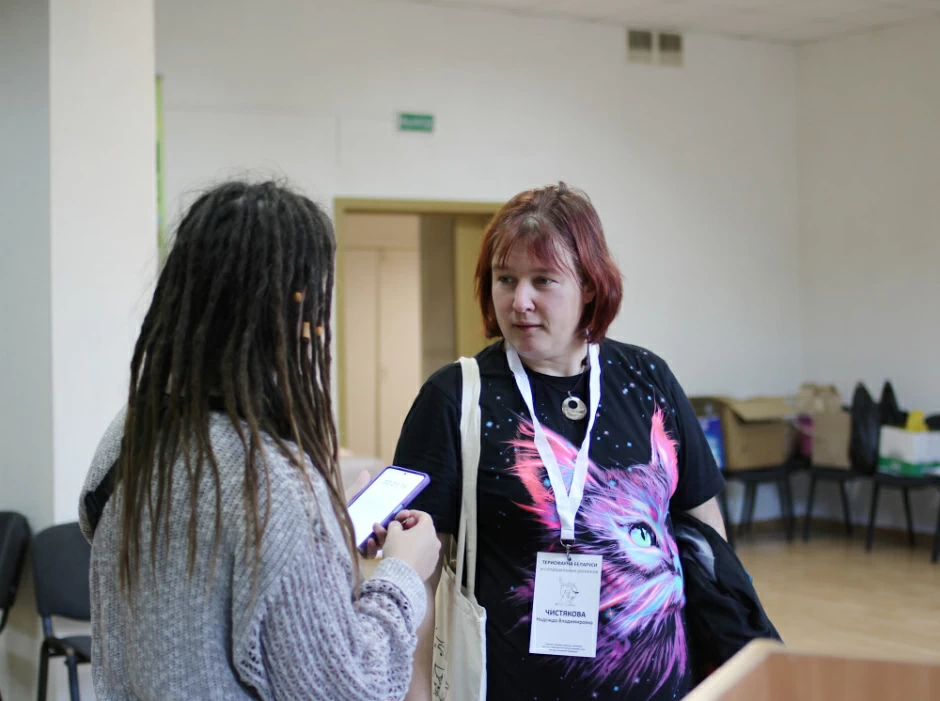
The event brought together more than 40 scientists from Belarus and Russia. The conference was held at the Bioresources Center of the National Academy of Sciences of Belarus, in one of the buildings of the Central Botanical Garden.
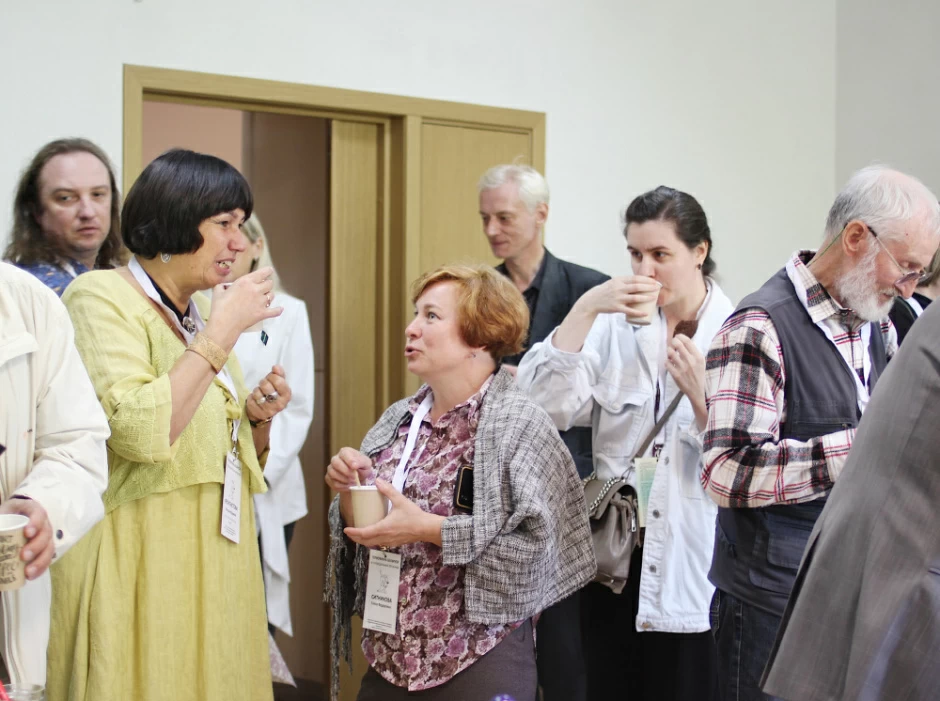
The IEE RAS staff presented the following reports:
- T.K. Laktionova "A New Approach to Monitoring Chronic Stress in House Mice of Natural Origin"
- P.D. Semenova "Hybrids between Campbell's hamster (Phodopus campbelli) and Djungarian hamster (Phodopus sungorus) as a Model for Studying Key Issues of Chemical Communication"
- N.V. Chistyakova "Morphological Features of the Paranasal and Mental Complexes of Skin Glands in Vespertilionidae Gray, 1821"
- A.M. Khrushcheva "Lipocalins in Mammalian Communication"
- A.V. Surov "Approaches to Monitoring the Population and Conservation of the Common Hamster (Cricetus cricetus) in Nature and in Urban Ecosystems"
- N.Yu. Feoktistova "Genetic adaptations of rodents to urban living"
- N.Yu. Vasilyeva "Chemological signals in the system of "defense" and "attack": the secret of the invincibility of the house mouse (Mus musculus domesticus)"
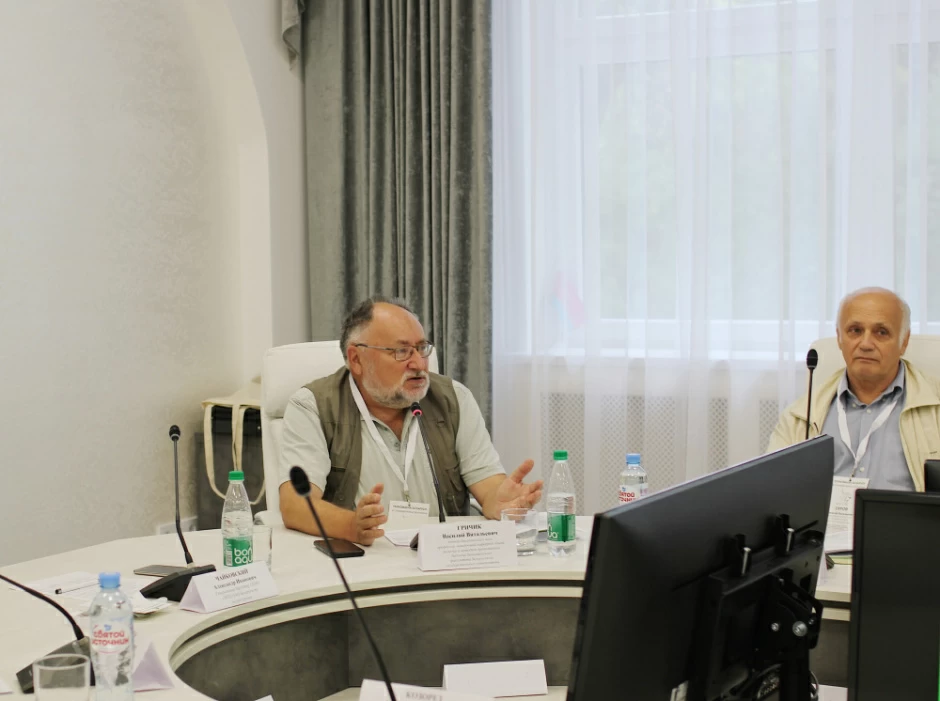
During her speech, M.Yu. Smagina told about an interesting experiment, during which the cognitive abilities of two types of hamsters were compared. “One task for the rodents was to find a way out of a labyrinth, and the other was to perform some action to get food. As a result, the predatory hamster learned to cope with the tasks twice as fast as its granivorous relative,” Marina Yuryevna told journalists from Smartpress.
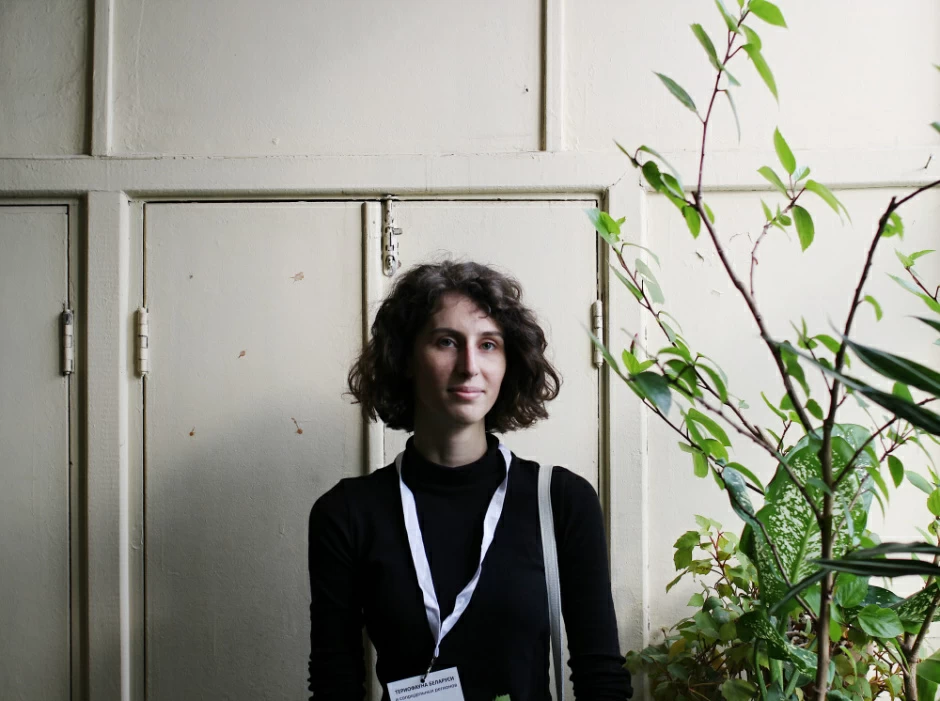
Participants and guests of the scientific and practical conference on theriology spent three busy days of reports, lectures and experience exchange. They also went to the Nalibokskaya Pushcha and observed tarpan horses – descendants of the Belarusian wild tarpans, which disappeared in the Middle Ages.
Related materials:
SmartPress: "Why is it too early to exclude the bear from the Red Book of Belarus? We attended a conference on theriofauna in Minsk"
Zoological Museum of Moscow State University: "Conference on theriofauna of Belarus"
